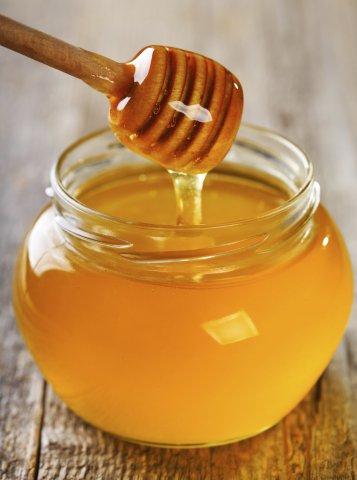EMBARGOED FOR RELEASE | March 16, 2014
Honey is a new approach to fighting antibiotic resistance: How sweet it is!
Note to journalists: Please report that this research was presented at a meeting of the American Chemical Society.
DALLAS, March 16, 2014 — Honey, that delectable condiment for breads and fruits, could be one sweet solution to the serious, ever-growing problem of bacterial resistance to antibiotics, researchers said here today.
Medical professionals sometimes use honey successfully as a topical dressing, but it could play a larger role in fighting infections, the researchers predicted. Their study was part of the 247th National Meeting of the American Chemical Society (ACS), the world’s largest scientific society.
The meeting, attended by thousands of scientists, features more than 10,000 reports on new advances in science and other topics. It is being held at the Dallas Convention Center and area hotels through Thursday.
“The unique property of honey lies in its ability to fight infection on multiple levels, making it more difficult for bacteria to develop resistance,” said study leader Susan M. Meschwitz, Ph.D. That is, it uses a combination of weapons, including hydrogen peroxide, acidity, osmotic effect, high sugar concentration and polyphenols — all of which actively kill bacterial cells, she explained. The osmotic effect, which is the result of the high sugar concentration in honey, draws water from the bacterial cells, dehydrating and killing them.
In addition, several studies have shown that honey inhibits the formation of biofilms, or communities of slimy disease-causing bacteria, she said. “Honey may also disrupt quorum sensing, which weakens bacterial virulence, rendering the bacteria more susceptible to conventional antibiotics,” Meschwitz said. Quorum sensing is the way bacteria communicate with one another, and may be involved in the formation of biofilms. In certain bacteria, this communication system also controls the release of toxins, which affects the bacteria’s pathogenicity, or their ability to cause disease.
Meschwitz, who is with Salve Regina University in Newport, R.I., said another advantage of honey is that unlike conventional antibiotics, it doesn’t target the essential growth processes of bacteria. The problem with this type of targeting, which is the basis of conventional antibiotics, is that it results in the bacteria building up resistance to the drugs.
Honey is effective because it is filled with healthful polyphenols, or antioxidants, she said. These include the phenolic acids, caffeic acid, p-coumaric acid and ellagic acid, as well as many flavonoids. “Several studies have demonstrated a correlation between the non-peroxide antimicrobial and antioxidant activities of honey and the presence of honey phenolics,” she added. A large number of laboratory and limited clinical studies have confirmed the broad-spectrum antibacterial, antifungal and antiviral properties of honey, according to Meschwitz.
She said that her team also is finding that honey has antioxidant properties and is an effective antibacterial. “We have run standard antioxidant tests on honey to measure the level of antioxidant activity,” she explained. “We have separated and identified the various antioxidant polyphenol compounds. In our antibacterial studies, we have been testing honey’s activity against E. coli, Staphylococcus aureus and Pseudomonas aeruginosa, among others.”
The American Chemical Society is a nonprofit organization chartered by the U.S. Congress. With more than 161,000 members, ACS is the world’s largest scientific society and a global leader in providing access to chemistry-related research through its multiple databases, peer-reviewed journals and scientific conferences. Its main offices are in Washington, D.C., and Columbus, Ohio.
Media Contact
During the meeting, March 14-19, the contacts may be reached at the Dallas Press Center, 214-853-8005.
ACS Newsroom
newsroom@acs.org






